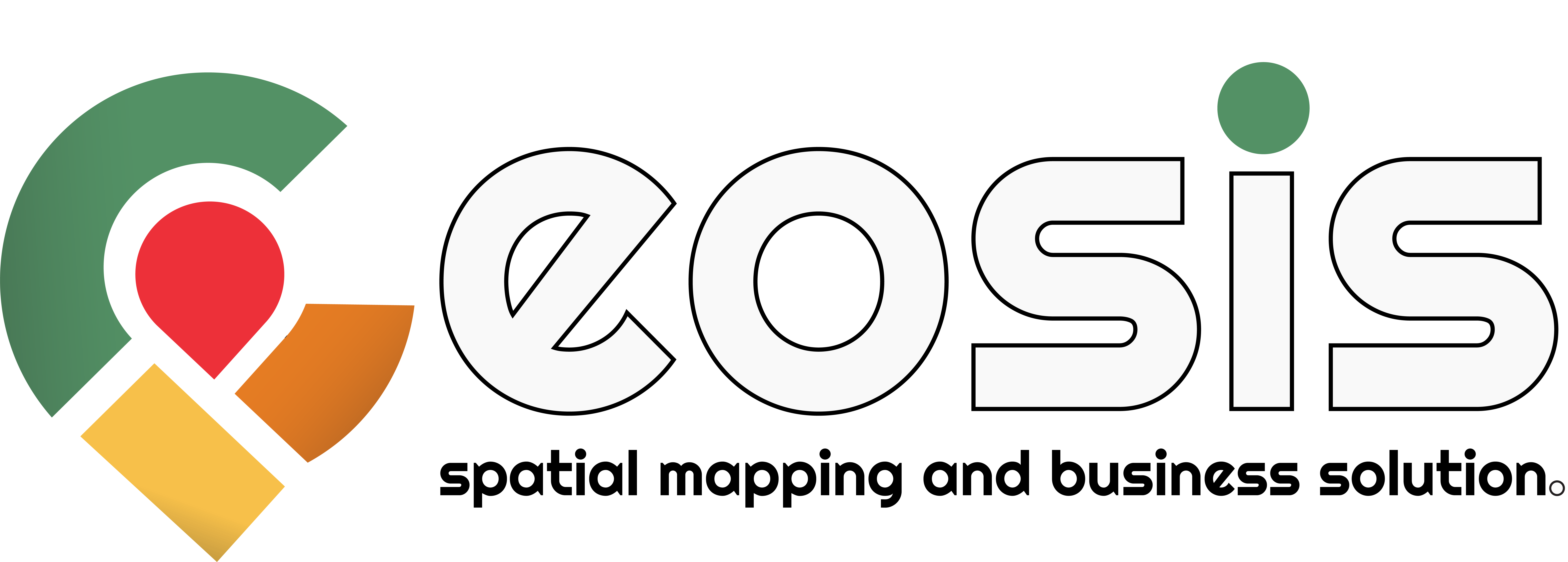Infrastructure Demand Forecasting
-
Predict the need for public infrastructure such as roads, schools, or hospitals based on population growth and area density. By mapping the current distribution of facilities and analyzing demographic data such as age and migration rates, this analysis identifies areas lacking services and provides recommendations for new facilities to support balanced city development.
Social Equity Analysis
-
Evaluate the equity of access to public services such as education and health across different regions. Using socio-economic data such as income and education levels, this analysis identifies gaps in access, especially in remote areas, and provides recommendations for resource redistribution to create greater social equity.
Disaster Risk Prioritization
-
Determine areas with high disaster risk such as floods or earthquakes for mitigation planning. By mapping disaster-prone zones and analyzing demographic data such as population density and vulnerable age groups, this analysis provides recommendations for evacuation strategies and infrastructure strengthening to improve city resilience.
Urban Mobility Optimization
-
Optimize public transportation systems by studying population mobility patterns. By mapping existing routes and analyzing demographic data such as employment and density, this analysis identifies congestion points and provides recommendations for new lines or schedule adjustments to improve city transportation efficiency.
